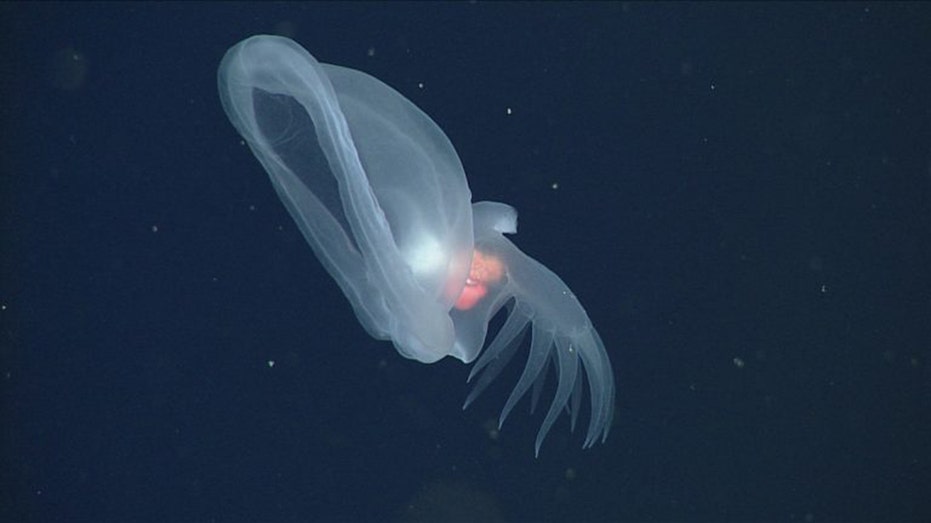
Discovery of a New Glowing Sea Slug in the Ocean’s Midnight Zone
In an exciting breakthrough, researchers have unveiled a previously unknown species of glowing sea slug residing in the depths of the ocean’s enigmatic midnight zone. This remarkable creature, dubbed Bathydevius caudactylus, has captivated scientists with its unique characteristics and behaviors.
The Mystery Mollusk: A Unique Addition to Marine Life
According to a recent press release from the Monterey Bay Aquarium Research Institute (MBARI), while Bathydevius caudactylus is categorized as a sea slug, it has earned the moniker “mystery mollusk” due to its distinctiveness compared to other known species. Researchers have noted that the genus name, Bathydevius, cleverly reflects the creature’s elusive nature, which has baffled scientists for years.
Living in the Depths: Adaptations for Survival
Bathydevius marks a significant milestone as the first nudibranch identified to inhabit the deep sea, thriving at depths ranging from 1,000 to 4,000 meters (3,300 to 13,100 feet) below the ocean surface. This extreme habitat poses unique challenges for scientists who have dedicated decades to studying and cataloging such mysterious marine creatures.
Bruce Robison, a senior scientist at MBARI, expressed the significance of this discovery: “We’ve invested more than 20 years in understanding the natural history of this fascinating species of nudibranch. Our discovery adds a crucial piece to the puzzle of the largest habitat on Earth.”
Ingenious Hunting and Defense Mechanisms
Research reveals that Bathydevius has developed ingenious methods for survival. Its large gelatinous hood functions similarly to a Venus flytrap, ensnaring unsuspecting crustaceans, while its transparent body allows it to blend seamlessly with its surroundings, providing an effective means of evading predators.
In circumstances where it feels threatened, this glowing sea slug can unleash a dazzling display of bioluminescence to startle and distract would-be attackers. Observations have shown the creature illuminating and detaching a glowing, finger-like projection from its tail, likely serving as a diversionary tactic.
Reproductive Traits and Spawning Behavior
Like other nudibranchs, Bathydevius is hermaphroditic, possessing both male and female reproductive organs. During the spawning process, these sea slugs anchor themselves to the soft, muddy seafloor, using their muscular foot before releasing their eggs into the depths.
Advancements in Technology Aid Marine Research
The comprehensive description of Bathydevius was made possible through the use of advanced underwater technology developed by MBARI. Steven Haddock, another senior scientist at MBARI, emphasized the importance of ongoing research in the deep sea: “What excites me about the mystery mollusk is its demonstration of our growing understanding as we explore deeper waters, particularly below 2,000 meters. The existence of a relatively large, unique, and luminescent animal from a previously unrecognized family highlights the critical need for new technologies in cataloging this vast environment.”
As researchers continue to delve into the mysteries of the ocean’s depths, discoveries like the glowing sea slug remind us of the wonders that still await in the underwater world.

